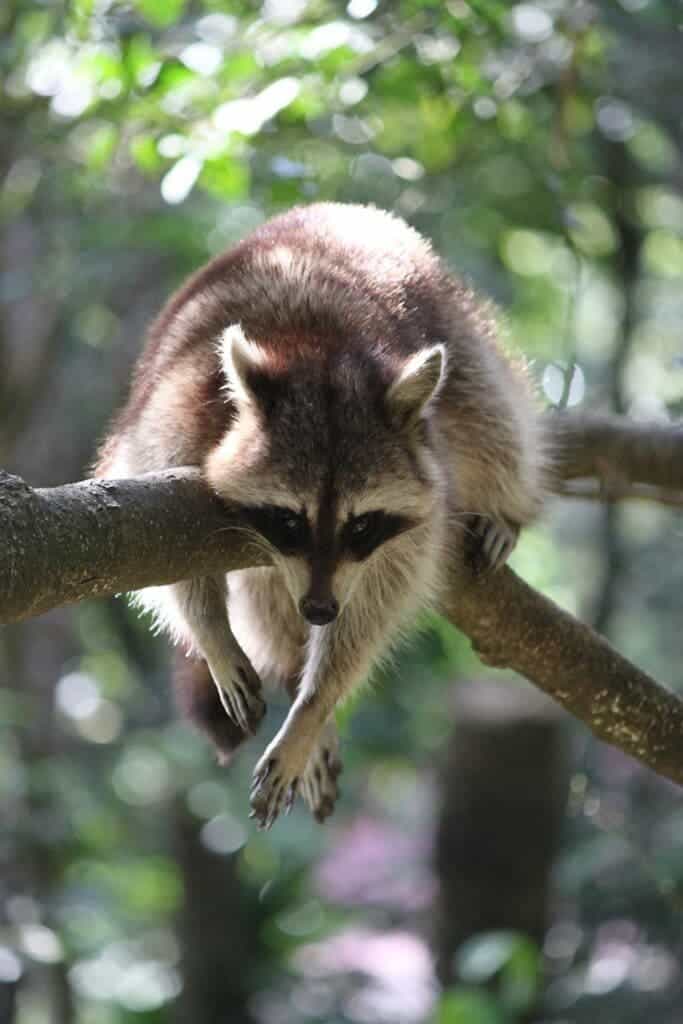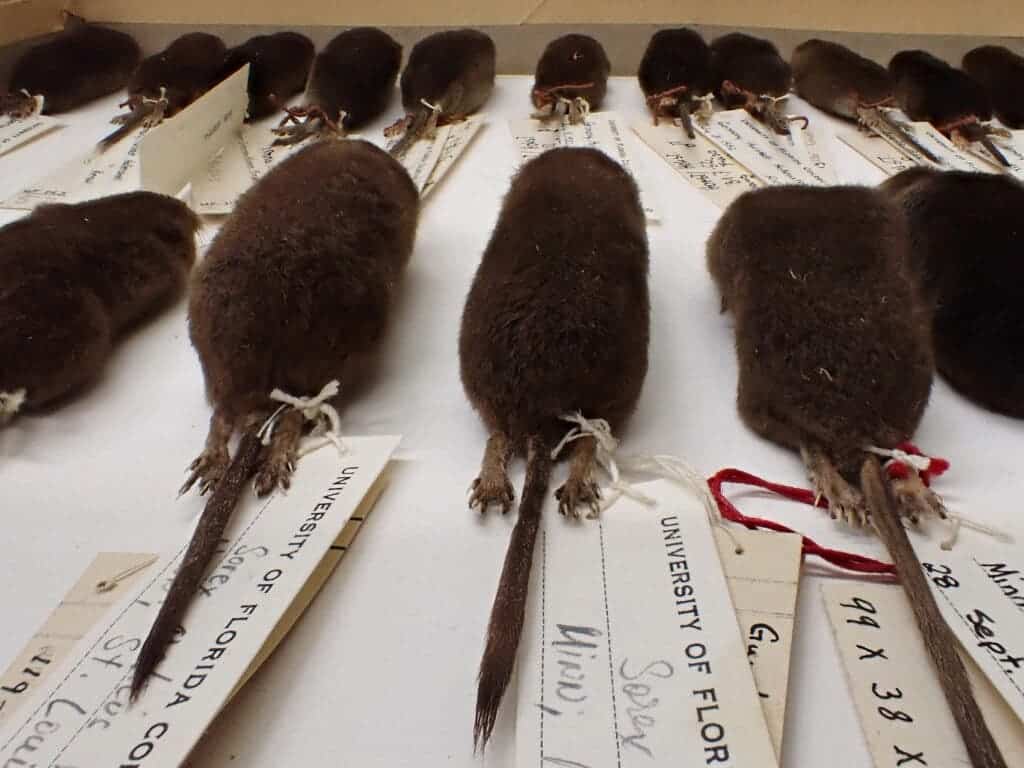
City-dwelling mammals have grown both larger and heavier than their rural counterparts over the last 80 years. According to researchers, this is mainly due to the readily available large quantities of food available and lack of predators in sprawling urban environments.
City mammals are fatter
These findings were surprising. Theoretically, climate is a very important driver of animal body size variation, which is supported by centuries worth of animal measurements. In warm climates, animals tend to be smaller than populations of the same species living in colder environments. Among biologists, this principle is known as Bergmann’s Rule.
Due to climate change, cities across North America have experienced warming. Moreover, cities experience urban heat island effects, a phenomenon in which the temperature in a city is noticeably higher than in the surrounding rural area due to concrete, asphalt, and other urban buildings trapping heat.
At the same time, urbanization can lead to habitat degradation and fragmentation, pollution, the alteration of resource availability, and other anthropogenic effects with severe consequences for the local ecosystem.
In order to investigate the interplay between climate and urbanization, and how they influence mammalian body size, researchers at the Florida Museum of Natural history analyzed nearly 140,500 body length and mass measurements for over 100 North American species collected over the last 80 years. These species include large mammals such as wolves, white-tailed deer, coyotes, as well as smaller animals such as voles, shrews and mice.

We owe this massively helpful dataset to natural historians in the field and museums who have offered a broadscale view of how increasing urbanization is impacting mammals with very different life histories.
“Museum collections have the power to tell us stories about the natural world,” Robert Guralnick, Florida Museum curator of biodiversity informatics, said in a statement. “Because we have these collections, we can ask questions about what mammals looked like before humans dominated the landscape. Digitizing specimen data unlocks these resources so that everyone can make discoveries about our planet.”
The overall result across all mammals examined is that head-body lengths are greater in urban areas regardless of temperature. This is probably due to the provision of novel, reliable food resources as a result of increasing urbanization. Trash-raiding opossums and raccoons come to mind. Almost all of the United States’ population growth since 2010 was in its cities.
As our cities grow larger and larger, some animal species will flourish, while others will find it increasingly difficult to cope, leading to a “winners and losers” distribution among mammals.
“Animals that like living in urban environments could have a selective advantage while other species may lose out because of the continued fragmentation of landscapes,” Guralnick said. “This is relevant to how we think about managing suburban and urban areas and our wildlands in 100 years.”
It’s not clear at the moment what bigger size in urban mammals means in the long-term. The effects of eating a diet of human food waste have yet to be assessed, the researchers wrote in their study published in the journal Communications Biology.






